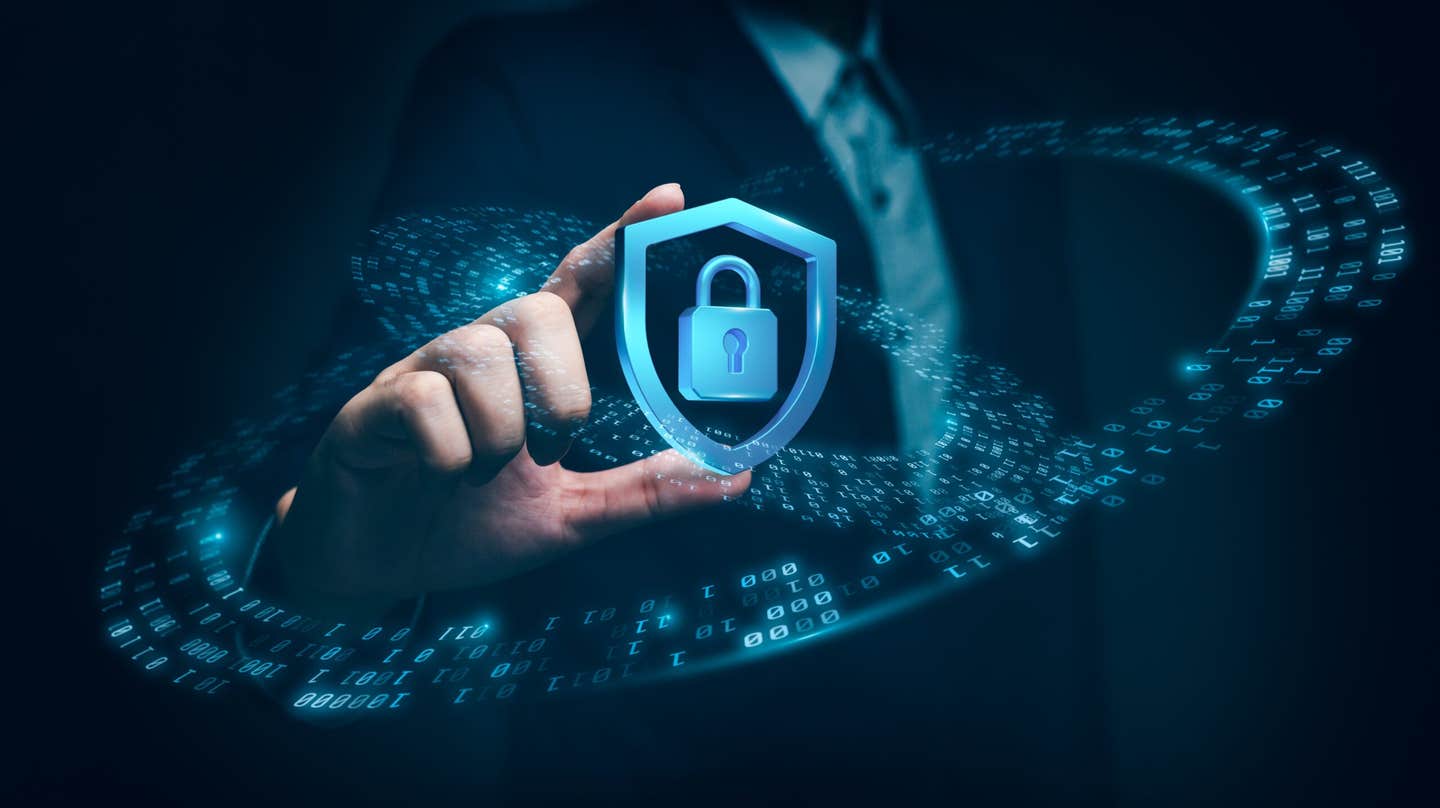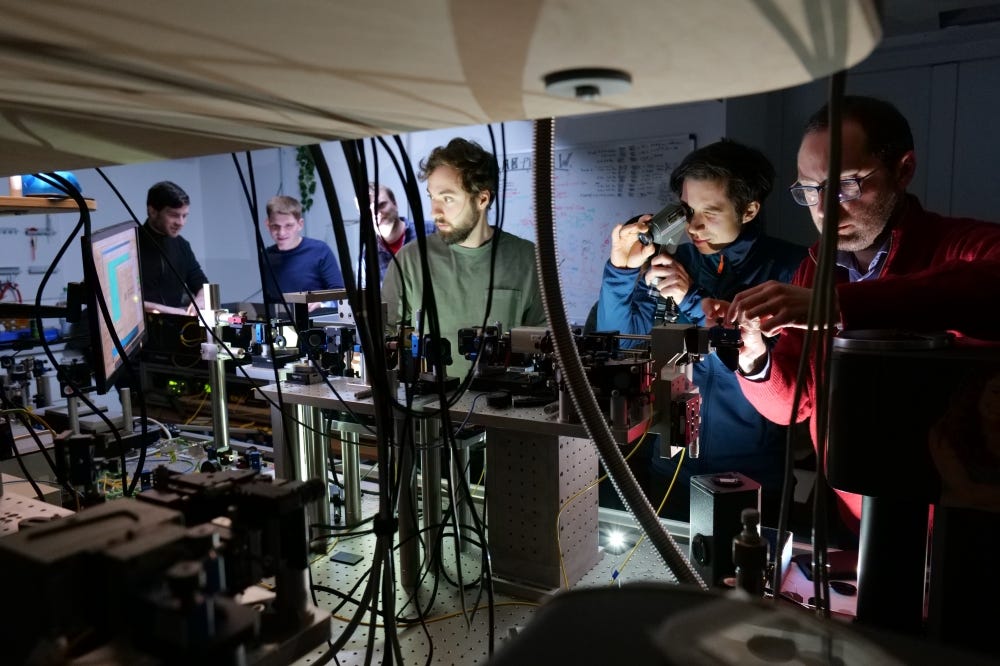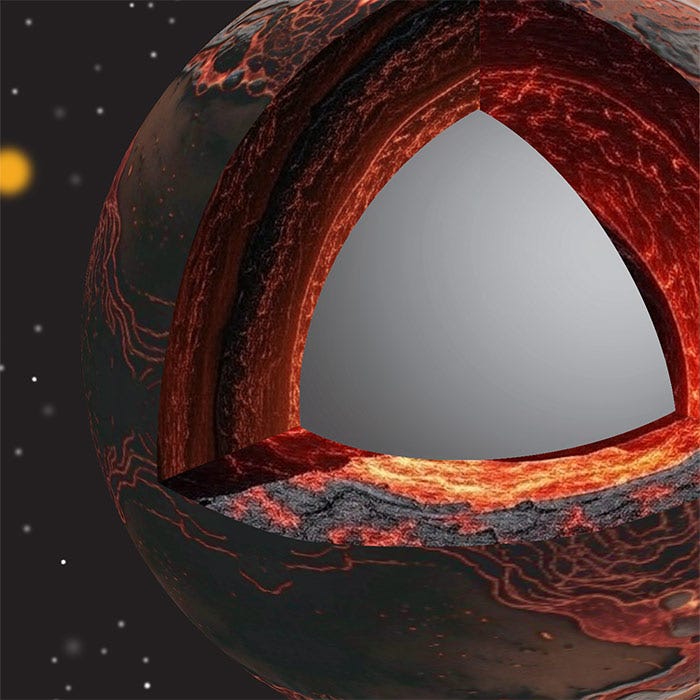Quantum security breakthrough reshapes the way sensitive data is protected
A team of scientists has achieved a quantum security breakthrough, proving practical methods to secure global networks against future quantum computers.

Scientists achieve a quantum security breakthrough, showing practical telecom-ready networks that protect data from future quantum threats. (CREDIT: Shutterstock)
Quantum security research has taken another leap forward, moving closer to reshaping the way sensitive data is protected in the digital age. A group of scientists from several leading research centers has carried out a successful experimental test of a new method of data protection based on the principles of quantum mechanics. Their breakthrough could pave the way for future communication networks that remain secure even in the face of quantum computers powerful enough to break traditional encryption.
The study, published in Light: Science & Applications, was conducted by experts from the Technical University of Denmark, the Austrian Institute of Technology, University of Waterloo, Technische Universität Wien, and the technology company Fragmentix. Their work has shown that a practical, cost-efficient version of quantum key distribution can deliver reliable results while using equipment already common in today’s telecom networks.
A new approach to a growing problem
Cybersecurity has always been in an arms race with those who seek to break it. With the development of quantum computers, traditional encryption faces an uncertain future. These machines, still in their early stages, will eventually be able to solve complex mathematical problems that form the foundation of most modern encryption methods. In other words, once quantum computers reach maturity, the secure systems we rely on today for banking, private messages, and health records could be broken in minutes.
This is where quantum key distribution, or QKD, offers a lifeline. Unlike standard encryption, which relies on mathematical problems, QKD depends on quantum particle behavior. Because quantum states cannot be copied without disturbance, eavesdroppers cannot secretly intercept the information without detection.
Keys created in this way stay protected not only today but also against future advances in computing power. Even if attackers later gain access to powerful quantum computers, the data remains safe because they cannot undo the original exchange.
The challenge with earlier systems
For years, researchers have considered continuous-variable QKD (CV-QKD) promising because it can use the same components as telecom networks. The most widely studied form of CV-QKD relies on what scientists call Gaussian modulation. This method encodes information using a continuous range of values. In theory, it offers elegance and strong security. In practice, researchers have found it very difficult to realize.
Related Stories
- Scientists build first quantum device to measure volts, ohms, and amps together
- Researchers just made precise quantum vibrations that can detect individual molecules
Gaussian modulation requires highly precise hardware and vast amounts of truly random data. That combination makes the system expensive, difficult to scale, and prone to real-world errors. These obstacles have slowed efforts to make the method practical for large-scale deployment.
How simplification helped
To overcome these challenges, the research team turned to a different approach: discrete-modulated CV-QKD. Instead of spreading information across a continuous range, this method uses only four defined states. The team arranged the system in quadrature phase-shift keying, or QPSK, modulation. By simplifying the process in this way, the researchers made the system more compatible with telecom infrastructure. It also demanded less from hardware. The trade-off is that analyzing the security of these simpler systems requires more complex mathematics.
This is where the idea of “composable security” becomes essential. Real-world cryptographic systems never operate alone; they interact with apps, payment platforms, and messaging tools. Composable security sets a strict framework that ensures generated keys remain secure no matter where people use them. Meeting this standard challenges researchers far more than passing a controlled laboratory test.
The first successful experiment
The researchers tested their system by transmitting signals across a 20-kilometer fiber channel, the kind already installed for internet traffic around the world. During the experiment, they generated 2.3 billion quantum states and showed for the first time that their simplified method could create secure keys that meet the composable standard. The system reached a key rate of about 0.011 bits per symbol, a strong result considering the minimal equipment they used. “Bringing together theory, experiment and classical postprocessing in a clean and rigorous way is crucial,” explained Florian Kanitschar, a junior scientist at the Austrian Institute of Technology who worked on the project. “We focused on bridging these aspects, to ensure the theoretical security claims hold up in the real world.”
Adnan Hajomer, a researcher at the Technical University of Denmark who carried out the experimental work, added, “This work is a major step forward because it shows that practical quantum security can integrate with today’s telecom networks. And because it’s based on composable security, it meets the strict requirements needed to protect real-world applications.”
Associate Professor Tobias Gehring, who leads CV-QKD activities at the same university, emphasized the broader significance: “This demonstration is not just a technical milestone – it’s a proof that quantum-secure communication can be both practical and scalable. It brings us closer to integrating quantum technologies into everyday digital infrastructure.”
Why this matters for the future
The results show that researchers can build secure communication systems using existing infrastructure without designing entirely new technology. This lowers costs, speeds up deployment, and provides a clear path for scaling quantum-secure networks across the world. By proving discrete-modulated CV-QKD can meet strict security requirements in real conditions, the research team reached a critical milestone. Their work moves quantum-safe networks closer to becoming a standard feature of everyday digital life.
For businesses, governments, and individuals, the stakes are high. Sensitive data flows constantly through global networks: financial transactions, medical records, industrial secrets, and private conversations. If researchers can protect those flows today and keep them secure against tomorrow’s quantum computers, digital trust will rest on a stronger foundation.
The journey has not finished. Researchers still need to improve efficiency, extend distances, and simplify deployment for practical use. For now, this demonstration shows a promising path forward. The race to protect digital information has entered a new phase that could secure secrets for decades to come.
Note: The article above provided above by The Brighter Side of News.
Like these kind of feel good stories? Get The Brighter Side of News' newsletter.



